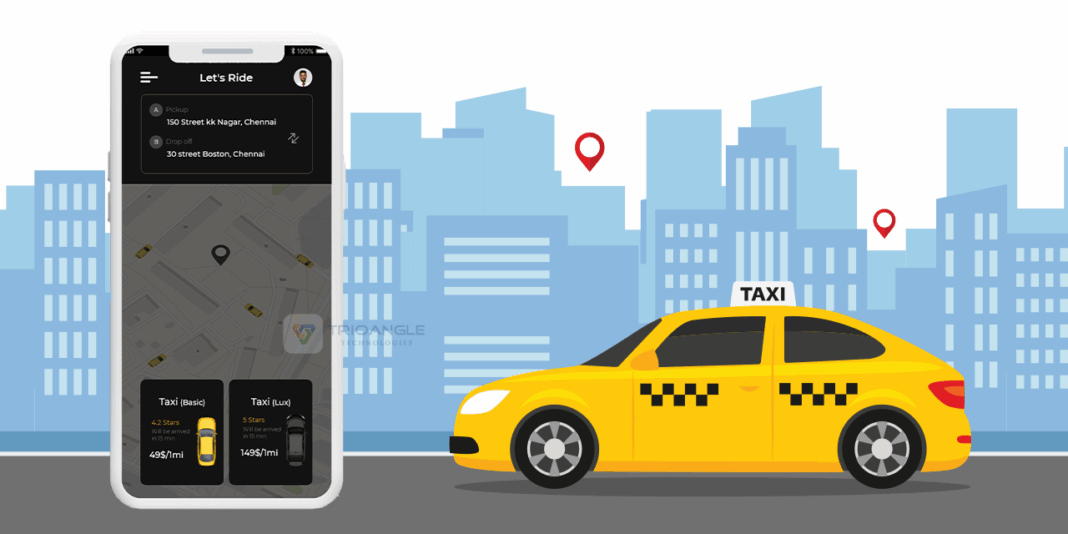In the ever-evolving landscape of on-demand services, ride-hailing apps continue to dominate the market. Developing an app that mirrors the success of Uber requires more than just basic functionalities; it demands a forward-thinking approach that integrates the latest technological advancements and user expectations. As we move deeper into 2025, the bar for what users expect from an Uber like app has significantly risen. Whether you are an entrepreneur or a developer looking to dive into uber like app development, understanding the essential features to include is critical for success.
Table of Contents
Why Uber Like App Development Still Matters in 2025
Uber revolutionized the transportation industry by creating a seamless connection between riders and drivers through a user-friendly mobile platform. Today, many businesses are keen to develop their own ride-hailing apps or adapt the model for other services like car rentals and deliveries. The demand for uber like app development remains strong because convenience, reliability, and speed are evergreen needs in the urban mobility sector.
However, with growing competition and changing user expectations, it’s important to differentiate your app by incorporating features that enhance safety, usability, and scalability. The technological landscape of 2025 also offers new opportunities, including AI-driven enhancements, IoT integrations, and advanced payment gateways, which can be leveraged to create a truly next-gen app.
Core Features to Include in an Uber Like App in 2025
When developing a ride-hailing app today, it’s important to build a robust ecosystem that caters to the needs of all stakeholders: passengers, drivers, and administrators. Here’s a rundown of the essential features you should include:
1. User-Friendly Interface
The first impression is everything. A clean, intuitive, and responsive UI/UX design ensures users can book rides effortlessly. The booking process should be quick, requiring minimal input, and the app should support multiple languages to cater to diverse user bases.
2. Real-Time GPS Tracking
One of Uber’s hallmark features is real-time GPS tracking, allowing users to monitor their driver’s approach and estimate arrival times. In 2025, this feature should be enhanced with AI-powered route optimization to reduce waiting times and traffic congestion, improving overall efficiency.
3. Multiple Payment Options
With digital payments becoming the norm, your app should support a variety of payment methods including credit/debit cards, mobile wallets, UPI, and even cryptocurrencies if targeting tech-savvy audiences. Offering contactless and secure payment gateways will improve customer trust and satisfaction.
4. Ride Scheduling and Ride Pooling
Many users prefer to schedule rides in advance, especially for airport pickups or daily commutes. Incorporating a ride scheduling feature allows for better planning and resource management. Additionally, ride pooling can make the service more affordable and eco-friendly by enabling users heading in the same direction to share rides.
5. Driver and Vehicle Verification
Safety is paramount in 2025. Implementing thorough driver background checks and vehicle inspections before onboarding them to your platform is essential. Additionally, features like facial recognition for driver verification and real-time monitoring via IoT devices can significantly enhance passenger security.
6. In-App Chat and Calling
Seamless communication between drivers and passengers is crucial for resolving any last-minute instructions or issues. An in-app chat and voice call feature with anonymized contact details maintains privacy while facilitating easy interaction.
7. Ratings and Reviews
Transparency builds trust. Allowing both drivers and riders to rate each other after every trip creates a feedback loop that helps maintain service quality and accountability.
8. Emergency and Safety Features
In 2025, safety features must go beyond basics. Emergency SOS buttons, live trip tracking shared with trusted contacts, and AI-driven anomaly detection (e.g., unusual routes or stops) are necessary to provide reassurance and quick responses in case of emergencies.
9. Dynamic Pricing and Discounts
Surge pricing during peak hours or special events ensures driver availability but should be balanced with customer fairness. Offering promo codes, loyalty rewards, and discounts keeps users engaged and incentivizes repeat usage.
10. Admin Panel and Analytics
Behind the scenes, a powerful admin panel is necessary for managing drivers, users, payments, and content. Integrating AI-powered analytics can help understand usage patterns, optimize resource allocation, and make data-driven business decisions.
Beyond Ride-Hailing: Expanding Horizons with Related Apps
The basic framework of uber like app development can also be adapted for other sectors, such as car rentals, delivery services, or even peer-to-peer sharing platforms. For instance, the growing popularity of turo clone app development shows how entrepreneurs are leveraging the sharing economy by allowing users to rent out their vehicles when not in use. Incorporating such flexibility in your app’s architecture can open additional revenue streams and broaden market reach.
Leveraging Emerging Technologies in Uber Like App Development
As you build your app in 2025, consider integrating these cutting-edge technologies to stay ahead:
- Artificial Intelligence: AI can enhance route optimization, predict demand, and personalize user experience.
- Blockchain: To ensure transparency and security in payments and data handling.
- IoT: For real-time vehicle diagnostics and driver behavior monitoring.
- 5G Connectivity: Enabling faster, more reliable communication and location tracking.
Final Thoughts
In the fast-paced world of mobility solutions, delivering an app that stands out requires a blend of proven features and innovative additions. When embarking on uber like app development, keep user experience, safety, and scalability at the core of your strategy. By including essential features such as real-time tracking, diverse payment options, and robust safety mechanisms, while also exploring opportunities like turo clone app integrations and AI enhancements, you position your app to thrive in the competitive 2025 market.
Investing time and resources to perfect these features will not only meet current market demands but also future-proof your app in the evolving landscape of on-demand mobility services.



